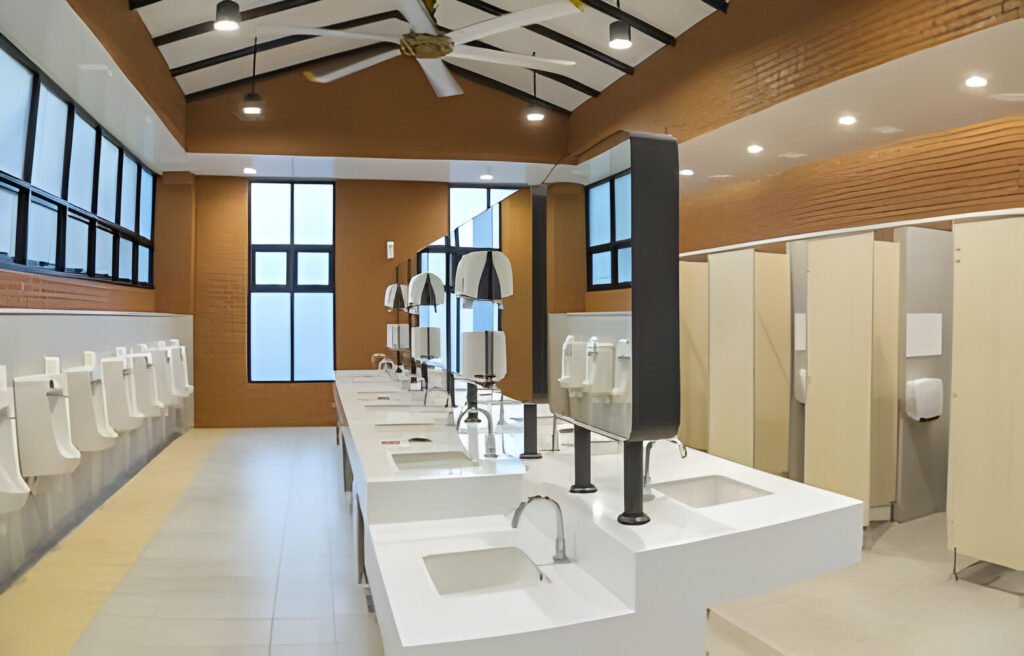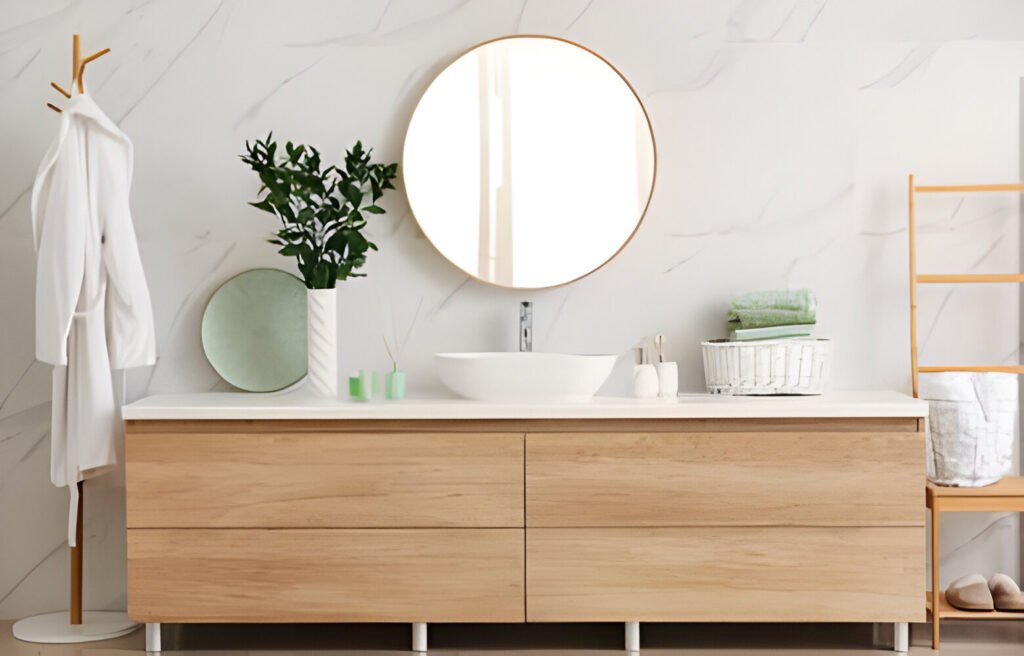When it comes to designing commercial spaces, accessibility should be a top priority. Handicapped toilets are one of the essential features of a public restroom. But unfortunately, they are often poorly designed and not user-friendly! To provide better accessibility for all, it is crucial to follow best practices for designing handicapped toilets in commercial spaces.
This blog talks about the 8 best practices for designing handicapped toilets that are both functional and aesthetically pleasing. Whether you are an architect or a commercial business owner, this list is for you. Hope you take these into account and create an environment that welcomes and accommodates everyone.
8 Best Practices for Commercial Handicapped Toilets
- Compliance with Indian Disabilities Act
The Rights of Persons with Disabilities Act, 2016 is an Indian legislation that aims to provide equal opportunities, protection, and full participation to persons with disabilities. This Act lays down guidelines for designing handicapped toilets in commercial spaces in India.
The main objective is to ensure that commercial buildings are accessible and safe for all, including people with disabilities. As per the guidelines, the handicap washroom must be designed with specific dimensions, features, and accessories to make them functional and user-friendly for persons with disabilities.
- Door and Stall Dimensions
When it comes to designing a toilet for disabled person, one of the most critical considerations is ensuring wheelchair accessibility. This is where the dimensions of doors and stalls play a crucial role. In India, the Bureau of Indian Standards (BIS) has set guidelines for the minimum dimensions of doors and stalls for wheelchair accessibility in public restrooms. These dimensions ensure that people with mobility impairments can easily enter and exit the restroom and move around freely inside.
According to these guidelines,
- Door should have a minimum width of 90 cm.
- Stall should have a minimum depth of 150 cm and a minimum width of 120 cm.
- Grab Bars
Grab bars are an essential feature of disabled friendly toilets. They provide a sturdy and secure support system for individuals with mobility impairments to move around the toilet safely. The bars should be placed at appropriate heights and locations to ensure easy access for users.
The Indian standard for grab bars installation recommends
- Diameter of 32mm and a length of 600mm.
- Bars should be mounted on the wall at a height of 750mm from the finished floor level
- Distance between the wall and the bar should be 50mm.
- Horizontal grab bars should be installed on the side walls, back walls, and partitions.
- Vertical grab bars should be installed near the water closet.
Moreover, the grab bars should be made of corrosion-resistant materials and have a non-slip surface to provide a firm grip to the users. Note that incorrect installation or substandard quality of grab bars can cause accidents and jeopardise the safety of the users. Therefore, it is crucial to follow the guidelines while installing grab bars in handicapped toilets.
- Toilet Height
The height of a standard toilet may not be suitable for people with disabilities who use wheelchairs. The ideal height toilet for disabled person should be between 17 and 19 inches. This height allows for easy transfer from a wheelchair to the toilet seat and back. It also reduces the risk of falls and other accidents.
The toilet should be installed securely to ensure stability and safety. The use of a raised toilet seat can also be helpful for individuals who need additional height. It is important to note that the toilet height should be consistent throughout the restroom.
- Sink and Counter Height
Ensure that the sink and counter are accessible for wheelchair users, as they need to be able to easily reach and use these facilities. This includes not only the height of the sink and counter, but also the placement and location of these facilities within the restroom.
- Paper Dispenser and Trash Receptacle Location
Paper dispensers and trash receptacles should be located within reach and should not obstruct the movement of the wheelchair. The paper dispenser should be placed at a comfortable height and should be easily accessible to people in wheelchairs. The trash receptacle should also be located in a convenient location and should be placed at a height that is easily accessible for people with disabilities.
- Flooring and Signage
The flooring should be slip-resistant and level to avoid any accidents or falls. Additionally, proper signage can help guide people with disabilities to the toilet and provide information about the toilet’s features. Signs should be placed at eye level and use clear and easy-to-read fonts with contrasting colours for better visibility.
- Maintenance and Cleaning
Handicapped toilets require regular upkeep to ensure they remain safe and functional for users. This includes regular cleaning of the floors, walls, and fixtures, as well as checking that all grab bars and toilet paper dispensers are securely fastened
In conclusion, designing inclusive handicapped toilets is crucial for creating a safe environment for people with disabilities. By following these best practices, you can ensure that your commercial space provides accessible washrooms for everyone. From compliance with legal guidelines to proper maintenance and cleaning, each of these practices plays a vital role in making handicapped toilets a comfortable and convenient option for people with disabilities.






